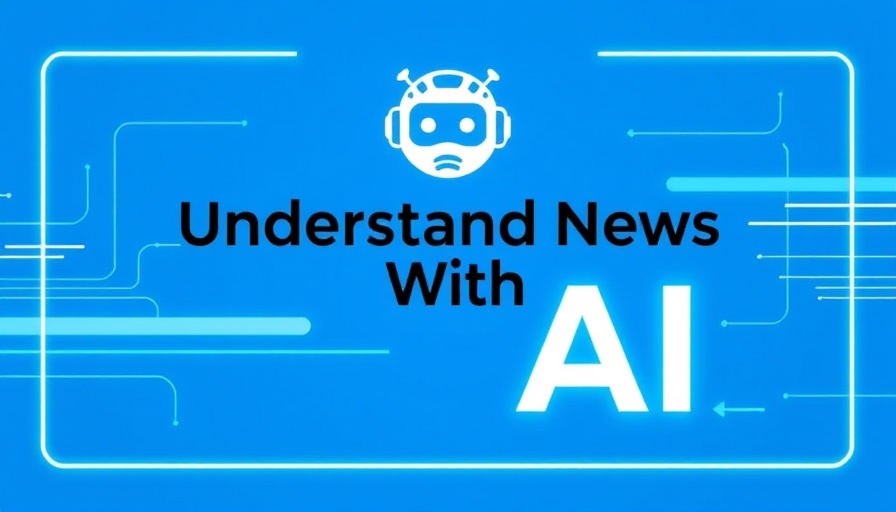
The Rise of Microsoft: A Story of Innovation Amidst Change
As Microsoft shares approach record highs, the backdrop reveals a complicated story of resiliency marked by growth in cloud services and strategic job cuts. Despite announcing layoffs affecting about 6,000 employees, about 3% of its global workforce, investor confidence has surged, culminating in a notable rebound for the tech giant.
A Closer Look at Microsoft’s Financial Performance
Microsoft’s fiscal Q3 report released on April 30 showcased a remarkable 20% increase in cloud revenue year-over-year, totaling $42.4 billion. This robust performance reaffirms Microsoft’s position as a leader in enterprise cloud services, particularly through Azure and Office 365, which have become staples in many businesses around the globe.
However, the hiring gaze of the cloud success story must not obscure the challenges faced. Microsoft shares experienced a significant decline earlier in 2025, dropping over 26% before today's turnaround. This fluctuating trajectory reflects broader market trends, including geopolitical factors like easing global trade tariffs playing a role in lifting market sentiments.
The Balancing Act: Job Cuts and AI Integration
The recent job cuts, while significant, have been largely linked to the company’s strategic shift towards AI integration. CEO Satya Nadella indicated that AI now accounts for approximately 30% of the team’s code generation workload. In this evolution, Microsoft's restructuring is not just about cutting costs but about reallocating resources toward future growth potential in artificial intelligence. This move underlines a key reality many companies face today: as automation and AI technologies increasingly take on complex tasks, traditional roles may be redefined or eliminated.
Facing the Future: Opportunities Amidst Challenges
Investor sentiment remains largely optimistic, marking a significant turnaround from the first quarter of 2025. Despite the recent layoffs, the stock is trading close to all-time highs, driven by a belief in Microsoft’s strategic direction towards AI. In fact, many industry analysts suggest this pivot is not just necessary but represents a significant growth opportunity for Microsoft.
Moreover, the workforce adjustments indicate a broader trend that companies must navigate as technology progresses. Microsoft isn’t alone; many firms are facing similar restructuring waves to adapt to modern workplace demands and the integration of advanced technology such as artificial intelligence. Professional retraining and support for displaced workers could become focal points to address the challenges of a changing job landscape.
Local Perspectives on Layoffs: How Communities Respond
For our readers in the Great Lakes region and beyond, the ripple effects of layoffs can reverberate through local communities. Job losses impact not only the individual but also the families and neighborhoods tied to those roles. While Microsoft’s strategy may be aimed at long-term growth, communities must grapple with immediate implications like job loss and economic adjustments.
Grassroots initiatives aimed at workforce retraining and upskilling can play a vital role in these transitions, ensuring that technology serves to uplift rather than displace workers. Local organizations and support networks can provide essential resources for those affected, creating a more resilient community response to such widespread job changes.
Investors Looking Ahead
The overarching question for investors and community members alike is whether Microsoft’s investments in AI will yield returns that balance the emotional and economic costs of job cuts. With Microsoft nearing its peak growth and expansion in the tech sector, the story is one of adaptive change; companies must continually reassess their paths forward in a landscape defined by rapid evolution.
In conclusion, while the future remains uncertain, the lessons learned from Microsoft’s journey highlight the necessity for innovation, resilience, and community support in navigating transitions—both for the corporate and personal realms. As we celebrate achievements in technology, let’s not forget the importance of lifting up those in the wake of change.
 Add Row
Add Row  Add
Add 




Write A Comment